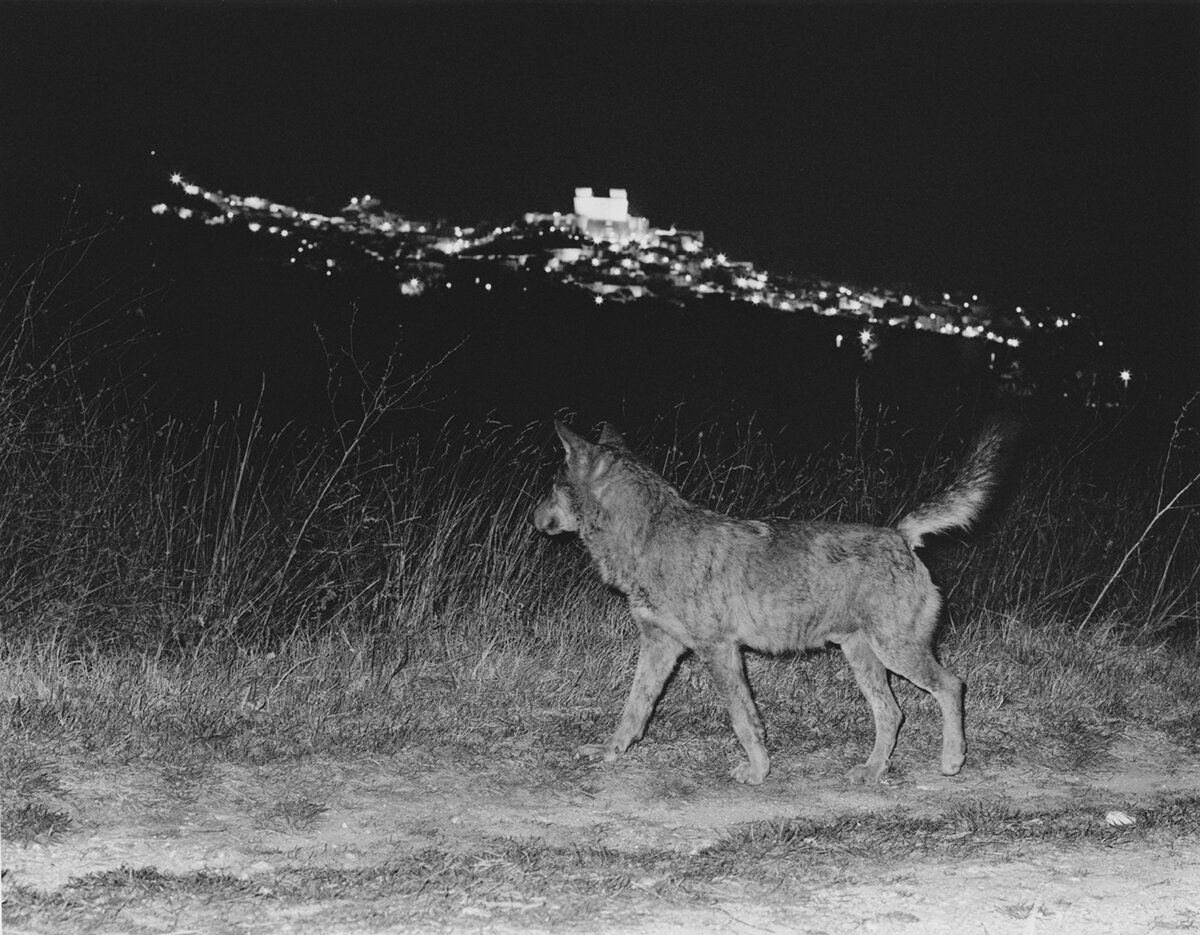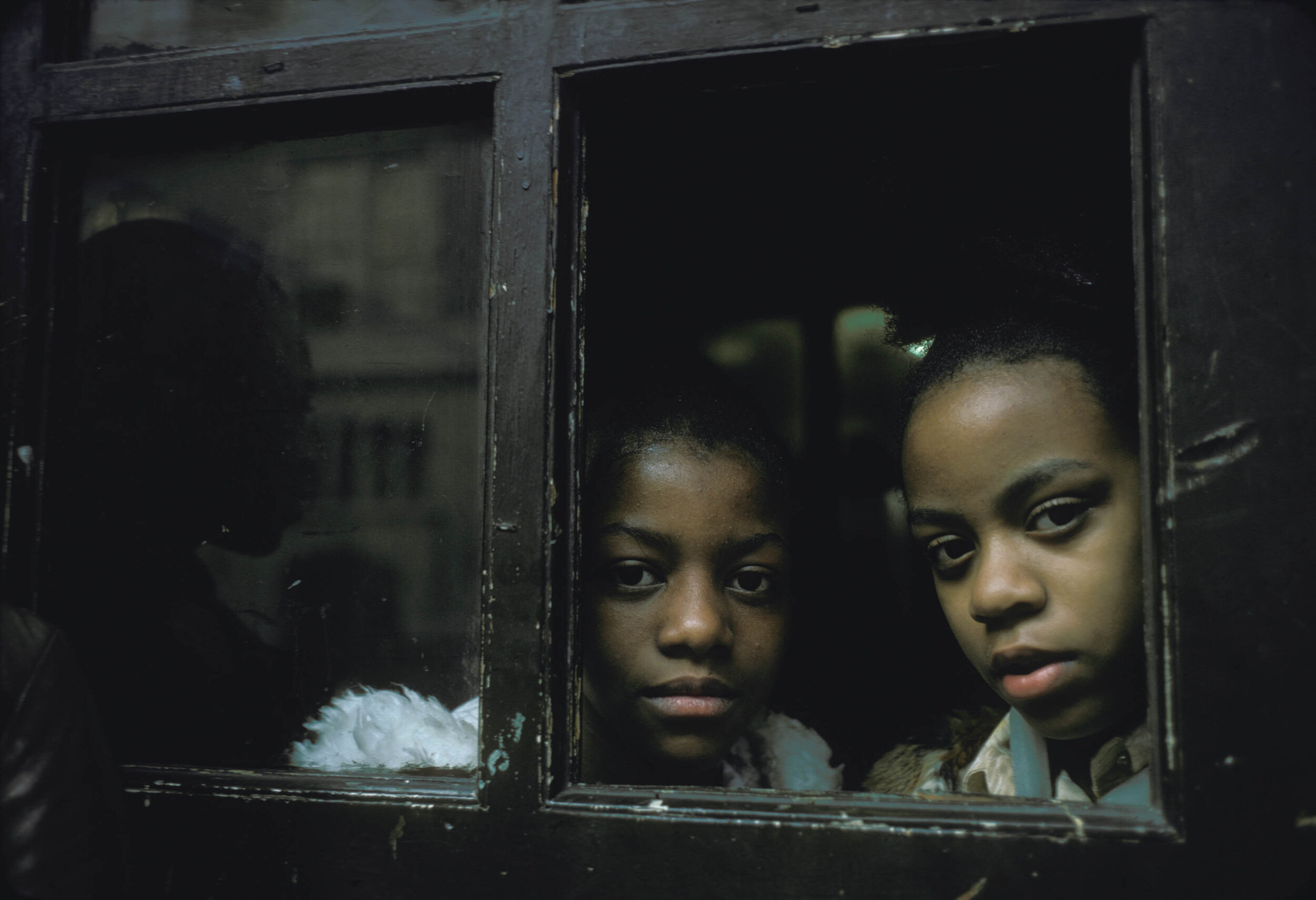EXTINCT
by Federico Pestilli from Rome, Italy
The surprise I feel in the development and revelations of this type of image project me into a world which seems unknown, mysterious and magical. If it is truth it is one of wonder.
I started working on this project about wildlife and the fragility of the natural environment a few years ago. I named it “Extinct,” as the images are meant to make one cringe at the idea that these animals could soon be extinct. Furthermore I wanted the images to look like the photograms of animals which already are extinct, such as the Tasmanian tiger.
George Shiras is considered the father of wildlife photography. He was amongst the first to publish images of wildlife in their element in Nation Geographic at the beginning of the 20th century. He would use different methods of capturing his images, all closely related to the art of hunting, which he knew well but condemned. One native Indian method was to stalk animals by gliding on a canoe at night whilst shining an oil lamp on the shores: the light would reflect into the animals’ eyes, at which point he would aim this 4x5 camera toward the glowing eyes and take a picture. Another method was a trap, triggered either by a lure and wire or similar systems.As I was taking portraits of wildlife during the day I realized there was much I was not able to photograph and that so much was happening at night. Hence I decided to put together analogue technology with modern camera trap triggers.
By rigging the two systems to work together I have been able to simplify the process used by George Shiras a century ago. The method has refreshed my appreciation for photography as a mechanical means of obtaining a still image.I can chose the setting and composition.
However when and how the subjects enter the frame is left completely up to fate. Mechanical errors, such as delayed triggers or shots triggered by foliage and wind are amongst the most common errors which end up resulting in rolls of film portraying landscapes instead of wildlife. Small animals such as bats or ferrets may trigger the sensor without their image being clearly fixed. The animals break in and out of frame creating wild self-portraits I would never dream of taking myself. I spent a couple weeks in Kenya using the camera traps and when I returned home I realized I had only gotten two very clear images of animals: a giraffe coming in for a drink, and a pair of rhino sliding through the night as a curious turtle swims in the foreground.I abstain on giving my opinion on the subject of objective truth. However I must say that the surprise I feel in the development and revelations of this type of image does project me into a world which seems unknown, mysterious and magical. If it is truth it is one of wonder.





















